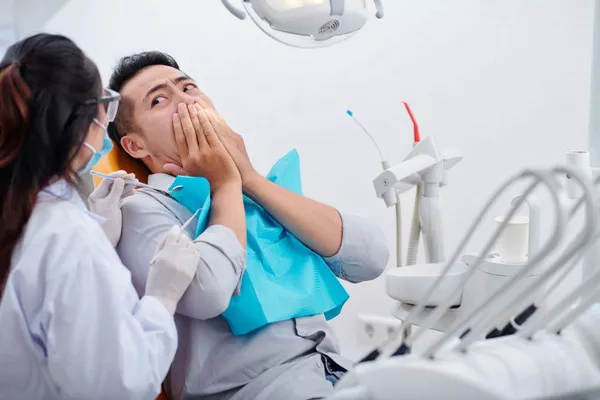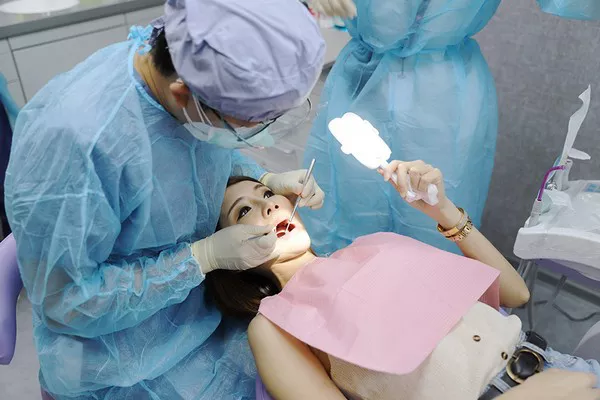Periodontal disease is a common dental condition that affects millions of people worldwide. It is caused by bacteria that accumulate on the teeth and gums, leading to inflammation, bleeding, and eventually tooth loss if left untreated. Antibiotics are an important tool in the management of periodontal disease, as they can help eliminate the bacteria that cause this condition. In this article, we will discuss the best antibiotics for treating periodontal disease.
Types of Antibiotics for Periodontal Disease
There are several types of antibiotics that are commonly used in the treatment of periodontal disease. These include:
- Tetracyclines
- Penicillins
- Macrolides
- Clindamycin
- Metronidazole
Each of these antibiotics works differently and is effective against different types of bacteria. Your dentist or healthcare provider will determine which antibiotic is best for you based on your individual needs and medical history.
Tetracyclines
Tetracyclines are a type of antibiotic that is commonly used in the treatment of periodontal disease. They work by inhibiting the growth of bacteria and reducing inflammation in the gums. Some common tetracyclines used in the treatment of periodontal disease include doxycycline and minocycline.
One advantage of tetracyclines is that they have both antibacterial and anti-inflammatory properties, making them particularly effective in the treatment of gum infections. However, tetracyclines can be harmful to developing teeth and should not be given to pregnant women or children.
Penicillins
Penicillins are another type of antibiotic that is commonly used in the treatment of periodontal disease. They work by interfering with the cell wall of bacteria, causing them to break down and die. Some common penicillins used in the treatment of periodontal disease include amoxicillin and penicillin V.
One advantage of penicillins is that they are generally safe and well tolerated, with few side effects. However, some people may have an allergic reaction to penicillins, so it is important to tell your healthcare provider if you have any allergies before starting treatment.
Macrolides
Macrolides are a type of antibiotic that is effective against a wide range of bacteria. They work by inhibiting protein synthesis in the bacterial cell, causing them to die. Some common macrolides used in the treatment of periodontal disease include erythromycin and azithromycin.
One advantage of macrolides is that they are generally well tolerated and can be used in people who are allergic to penicillins. However, macrolides can interact with other medications, so it is important to tell your healthcare provider about any other medications you are taking before starting treatment.
Clindamycin
Clindamycin is another type of antibiotic that is commonly used in the treatment of periodontal disease. It works by inhibiting protein synthesis in the bacterial cell, causing them to die. Clindamycin is usually reserved for people who are allergic to penicillins or who cannot tolerate tetracyclines.
One advantage of clindamycin is that it is effective against a wide range of bacteria and can be used in people who are allergic to penicillins. However, clindamycin can cause side effects such as diarrhea and should be used with caution in people with a history of intestinal problems.
Metronidazole
Metronidazole is a type of antibiotic that is effective against anaerobic bacteria. It works by interfering with the DNA of the bacterial cell, causing them to die. Metronidazole is often used in combination with other antibiotics, such as amoxicillin or tetracyclines, to enhance their effectiveness.
One advantage of metronidazole is that it is effective against anaerobic bacteria, which are often resistant to other types of antibiotics. However, metronidazole can cause side effects such as nausea and should be used with caution in people with a history of liver problems.
Conclusion
Antibiotics are an important tool in the management of periodontal disease. While there are several types of antibiotics available, your healthcare provider will determine which antibiotic is best for you based on your individual needs and medical history. It is important to take antibiotics exactly as prescribed and to complete the full course of treatment to ensure that the infection is fully eradicated. Additionally, good oral hygiene practices such as brushing twice daily, flossing, and regular dental check-ups can help prevent periodontal disease from occurring in the first place.
Related Topics:



























